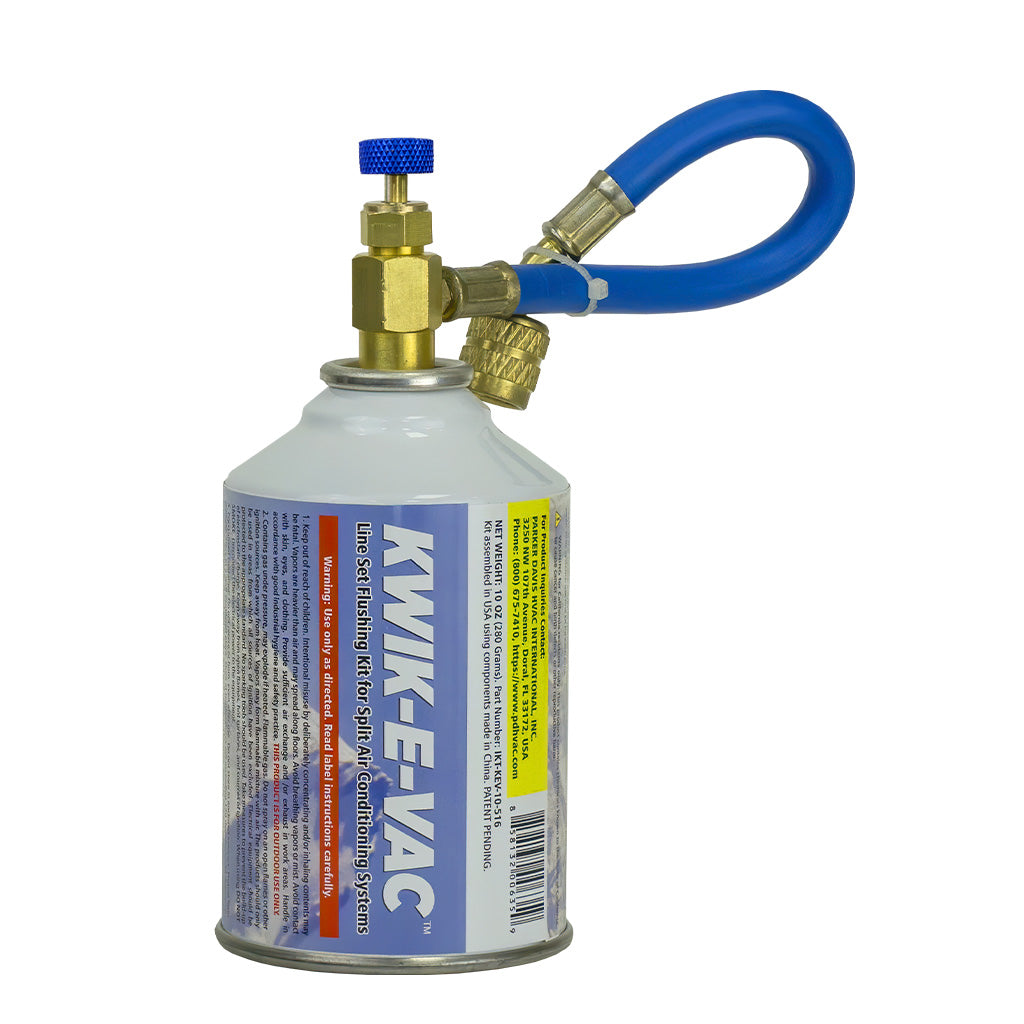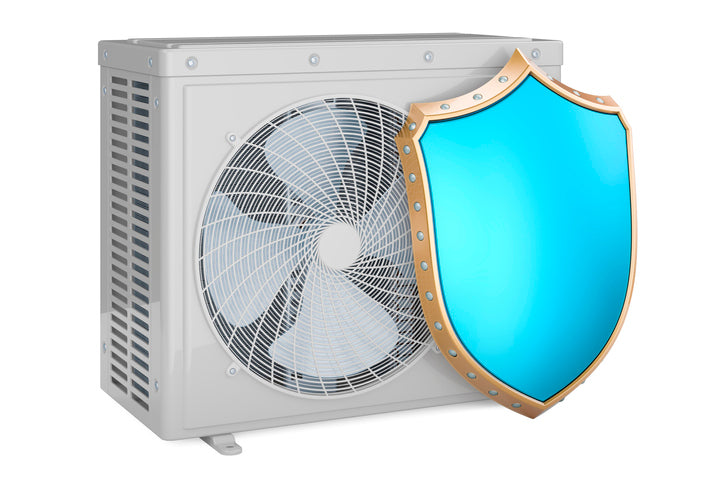Are Mini Splits More Energy Efficient Than Central Units?

Whether you're building a new home or updating your existing space, heating and cooling capabilities play an important role in designing an ideal living space. During summertime, temperatures can reach high extremes and affect your indoor atmosphere. External hot weather creates humidity indoors and a muggy, unpleasant atmosphere. HVAC systems allow you to customize your indoor temperatures and create the most comfortable room conditions. However, there are various types of heating and cooling mechanisms available. The two main cooling systems in the U.S. are central units or central air conditioners and mini-split systems.
When deciding on the perfect cooling mechanism for your home, there are many different attributes to consider, from effectiveness to maintenance demands. For those wanting to live a more environmentally-friendly lifestyle, energy efficiency is an important feature to look for in an ideal cooling system. Energy-efficient products reduce and optimize the amount of energy required to operate efficiently. It minimizes energy loss and pollution, improving a product's environmental influence. Mini-splits are more commonly known for their sustainable functionality between the two main cooling systems, central units and mini-splits. However, are mini-splits more energy efficient than central units?
In short, mini-splits are more energy efficient than central units. They create less energy waste due to their design and offer other capabilities, further enhancing it's efficiency and energy use.
How Central Units Work
As their name suggests, central units are systems that cool air in a central location. They then distribute the cool air throughout a house with fans and ductwork. There are many essential parts to a central AC network aside from the ductwork, including the condenser, blower, filter, and thermostat.
Outdoor Components
The condenser is the outdoor component. It houses a compressor, condensing coils, and a fan that further play key roles in an AC system's operation. They are directly linked to the thermostat and central indoor network. When you select your desired temperature on the thermostat, it sets the condenser's fan and compressor in motion. The compressor pumps a coolant called the refrigerant, which switches between vapor and liquid to move heat from indoors through the AC system.
Refrigerants enter the compressor as vapors with low temperatures and low-pressure rates. As they compress in the compressor, they turn into high-temperature and high-pressure vapor, which travels through the condenser's coils and condenses into a liquid. As the refrigerant transforms into a liquid, it releases the heat collected from the indoors with help from the outdoor fan.
Indoor Components
The main indoor components of an AC unit include the evaporator, the filter, and the blower. They are stored in the central hub of the AC system. The liquid from the outdoor condenser travels indoors to the evaporator. In the evaporator, the liquid chills and circulates through coils. As the chilled liquid circulates, the blower blows air (cooled by the chilled refrigerant in the evaporator) through the ductwork and out into the room's AC vents. Through another series of ductwork, warm air from the room gets collected and sent to the blower to then continue the cycle and get cooled down to the appropriate temperature.
How Mini-Splits Work
Mini-splits come in various mount options and forms, including a ductless mini split heat pump. Its various mount options include floor, ceiling, and wall placements, offering various benefits to varying spaces. Mini-splits work similarly to a central unit but can operate without ductwork and reverse their cycle to also provide heating options. They include an indoor AC unit and an outdoor condenser.
Mini-splits compact all of the necessary parts into their two main components, removing the need for the central hub that central units use to house their various indoor components. Within the AC unit of the mini-split are the blower, vent, filter, and evaporator. Since mini-splits remove ductwork and provide a more compact system, they minimize energy loss. The more complicated and larger a system is, the more chances there are for energy to dissipate and get lost as it travels through the various components.
Other Sustainable Qualities of a Mini Split
On a larger scale, mini-splits produce multiple energy efficient and sustainable properties, making them an ideal and eco-friendly product. On a larger scale, mini-split reversal capabilities further save energy, reducing the need for multiple energy-consuming products within your home. They also reduce energy waste during the production and installation process.
Production Process
Creating the various networks of a central unit, from the ducts to the separate evaporator and blower, requires lots of various materials and energy consumption. Mini-split's compact design reduces the amount of material used and the energy needed to produce the final product. The fewer components required to build the system further reduce its carbon footprint, minimizing the pollutants created during transportation of the various materials and the entire cooling system.
As mentioned above, mini-split reversal abilities provide you with a one-stop shop for all heating and cooling needs. Instead of purchasing multiple devices like an additional heater, you only need one tool to do the trick. Although it's highly unlikely that you would run your heater and AC at the same time, purchasing multiple products creates a large carbon footprint. Owning multiple systems produces more waste and requires more energy input, but it also takes up more materials and natural resources. Producing multiple appliances requires more resources and emits more pollutants during production. A multipurpose unit like the mini-split saves resources and minimizes pollution.
Installation Process
Installing and putting a central unit together also creates off-gases from the welding needed for the various and intricate duct systems. Welding produces toxic gases like carbon dioxide, nitrogen, argon, carbon monoxide, and hydrogen fluoride gases. These fumes are toxic to both the environment and humans. Mini-splits' lack of welding during the installation process further makes it a more sustainable system than central units.
Another sustainable aspect of mini-splits is the lack of material waste created during installation. Housing the central hub of a central unit requires you to make space in your home, which often leads to destroying the structure of your house. As you make room for the central unit, you produce waste from the removed building materials. One of the main benefits of a mini-split system is its flexible placement. Mini-splits can be placed in various locations without needing to make major changes to your home without the ductwork and complicated network of systems and additional components.
Compared to central units, mini-splits offer a more energy-efficient system for cooling your space. Although they work similarly, their different designs provide varying results. A mini-split system not only provides you with indoor comfort with ideal temperature control, but it also provides you comfort by easing your consciousness with an eco-friendly and sustainable system.








